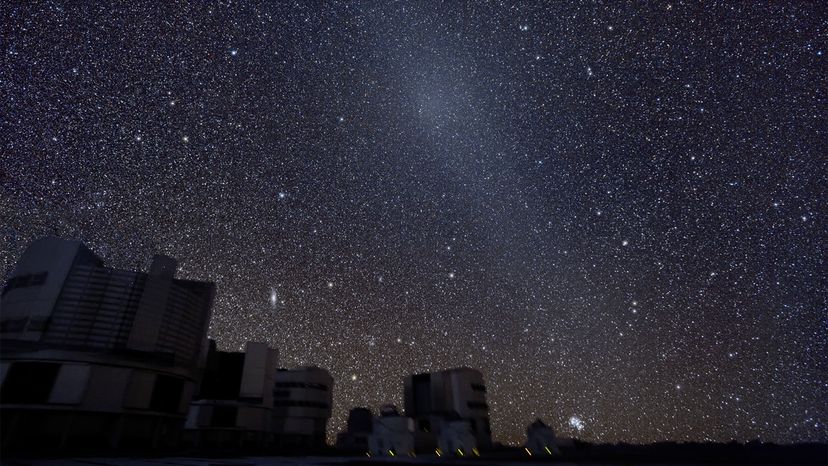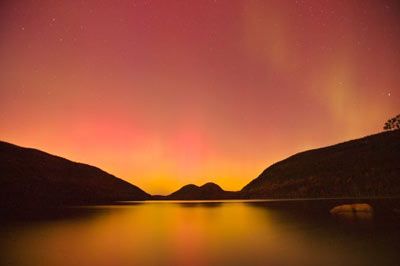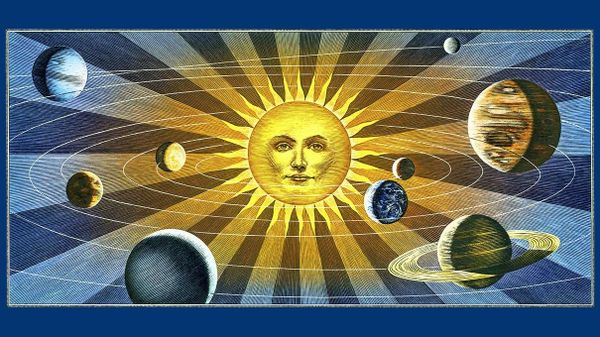
No matter how much we think we know about our planet, there's always more to discover. For example, you could be out enjoying a nice evening of stargazing under an inky black sky and suddenly spot a brighter area of light in the sky. Is it a UFO? (No.) Maybe the aurora borealis? (Unlikely, unless you live in an area where that's visible.)
Instead, you might be experiencing the phenomenon known as the gegenschein. Translating directly from German as "faint light," the gegenschein occurs under very specific astronomical conditions when the sun reaches the exact opposite of Earth from wherever you're stargazing. Here's what causes it – and how to try and see it if you're keen for a unique astronomical experience on your next night under the stars.
Advertisement


